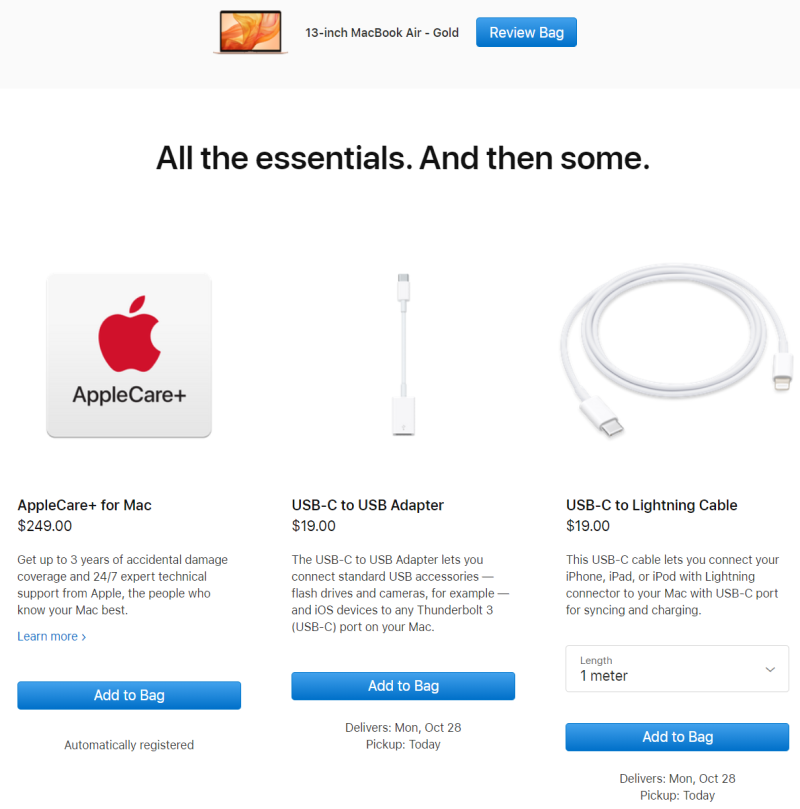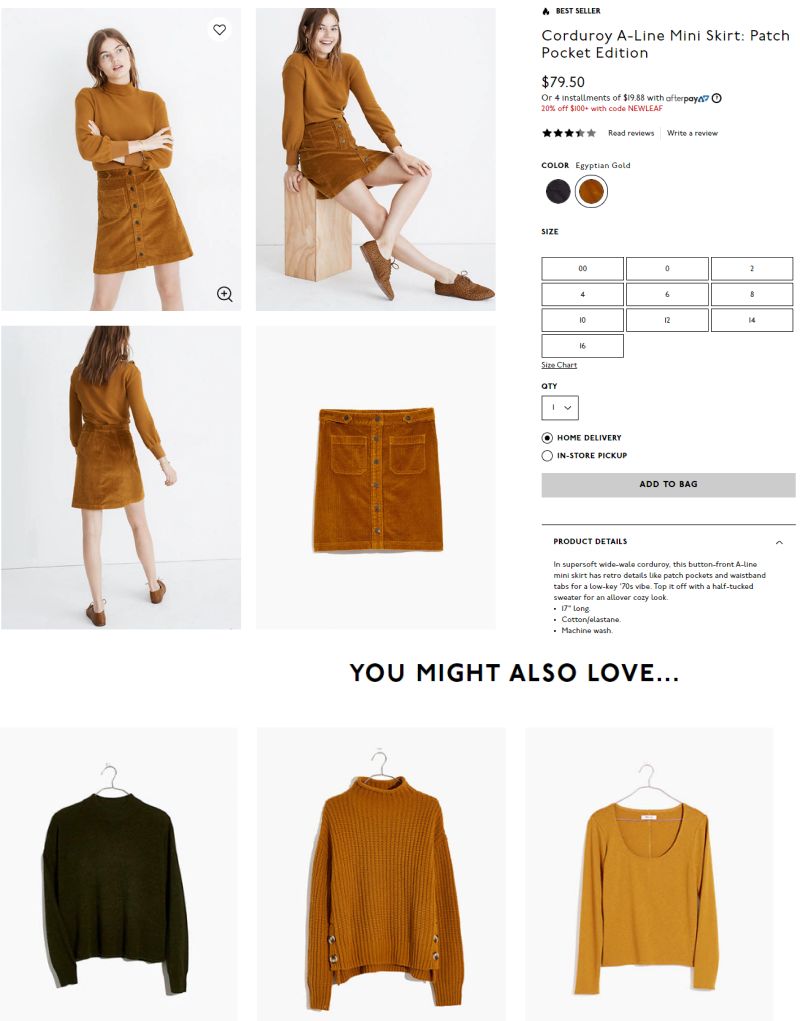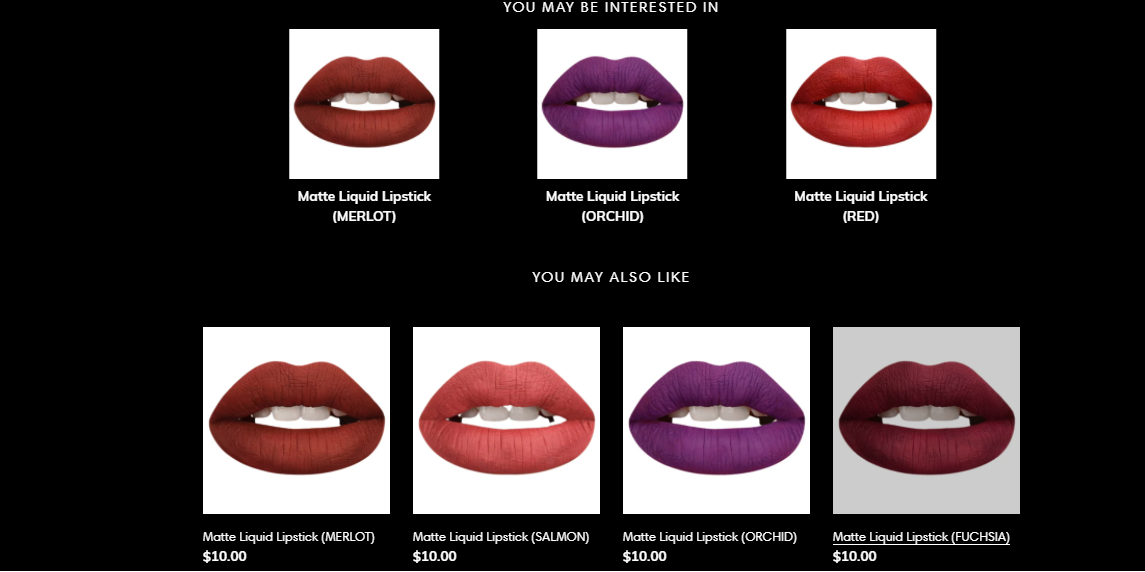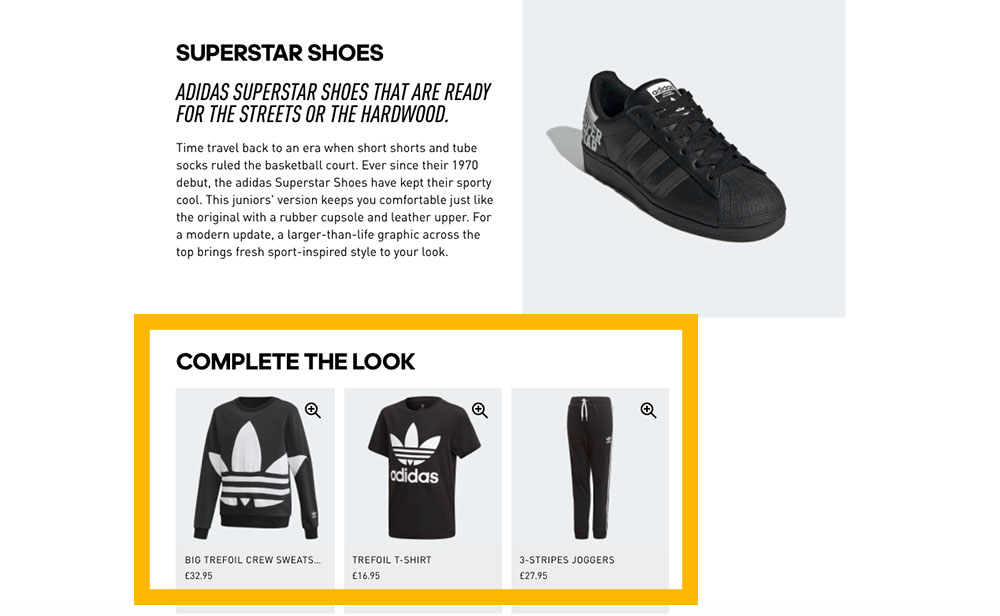What is UpSelling?
Both upselling and cross-selling are techniques where the sales team or an eCommerce company tries to increase the order value from a customer. When it is done by selling a higher-end product than what the customer had originally intended to buy, it’s called upselling.
What is Cross-selling?
There is another way of increasing the order value, and it is by selling ancillary products along with the original product that the customer had planned to purchase. This is called cross-selling.
Difference Between UpSelling and Cross-selling?
In upselling, customers are presented with higher-value products in the same product range. For example, there are 3 models of the same product, and the customer is thinking of buying the lowest-priced economy model. But the sales team discreetly pitches the higher models by elaborating on the additional values and features. If the customer is tempted by the upgraded version of the same product and buys it, it’s an example of upselling.
In cross-selling, the sales team pitches associated products that a customer may be interested in buying. But he is not asking for them because he may be unaware of these products. Or, the idea might not have struck him that he needs these products as well. For example, it may not be very common to buy a razor and forget the shaving cream. But you may forget some other items that are essential for a perfect shaving experience. If the sales team or an eCommerce company helps you buy them, too, it is an example of cross-selling.
Why Are Upselling and Cross-Selling Important?
Customer acquisition is a difficult, lengthy, and expensive process, and an eCommerce company can’t afford to rely on it entirely. It must do things to increase the average order value (AOV) from its existing customers. Upselling and cross-selling techniques, if deployed properly, can significantly enhance sales and revenue. For example, these two techniques account for 35% of Amazon’s revenue.
However, knowing how to upsell products to boost revenue is more important because studies show upselling is 20x more effective than cross-selling.
By upselling and cross-selling, an eCommerce company can engage and satisfy its customers proactively yet discreetly. It can provide more value to the customers’ visit to its site.
Should You Upsell or Cross-Sell?
Both upselling and cross-selling are methods to increase the value of the transaction from a customer. Ideally, an eCommerce company will be interested in using both. But in a cross-selling vs. upselling option, the choice depends on the kind of business it is in.
An eCommerce company dealing in real estate has little scope for cross-selling. If a homebuyer visits the portal and selects a home worth $100,000, the portal may not have any related products to sell, and only upselling strategies will work in this case. It can suggest homes on a 10 to 20% higher budget. This is upselling for sure.
However, why should a marketer leave an opportunity to make a little more profit? So, the same real estate portal may also feature home-loan and home insurance products. This is an example of cross-selling. It is not a question of which one to choose. The important thing is how to deploy them in your business and marketing plan.
How to Effectively Cross-Sell and Upsell?
Both upselling and cross-selling have been in use in traditional marketing. Now, these techniques are being used in digital marketing and eCommerce businesses with great success.
It’s very common for a customer to visit an eCommerce site to buy a product and end up making some additional purchases. How eCommerce companies can achieve this is no longer a secret. When you visit a product at Amazon, you get to see a band of 5-6 products in “Products related to this item”, followed by another band of sponsored products called “4 stars and above”.
Mind the lack of capitalization of the subheading. The company is not pushing the sale but only reminding the customers that they may be interested in the products. Companies can cross-sell and upsell effectively through the following methods:
- Use of marketing automation to hyper-personalized messages and marketing content
- Use of artificial intelligence, data science, and business analytics to fine-tune offerings
Examples From Top eCommerce Brands
1. Apple Watch Cross-sell Strategy
Apple Watch has a bundled scheme where it offers four services at a discounted rate on the purchase of an Apple Watch. It says: Bundle four Apple services. And enjoy more for less. It is an example of a cross-sell strategy.
2. Madewell Cross-sell Strategy
Madewell is a fashion clothing and accessories maker. When you visit a particular product on its site, the page has all the information about the product plus a band of 4 products under the headline: You Might Also Love….
3. Nash Cosmetics
Nash Cosmetics is a leading cosmetics brand. When you visit a product on its site, it displays a band of some similar products from the same company at the bottom of the page under the headline: You May Also Like.
4. Adidas Cross-sell
Adidas is a sports goods manufacturer and marketer. When you visit any product page on its site, it refers to another product you might be interested in. For example, when you visit the page featuring a medium-support sports bra, it has another product for hot yoga and summer hikes under You May Also Like.
Role of ShopSense App in Cross-Selling and Upselling
If you are a Shopify merchant, you can use the ShopSense app to automate and optimize your store. This app works as a marketing automation tool that allows you to hyper-personalize the customer’s buyer path through your store. It’s automated, so you don’t need to work physically to customize your marketing effort for each customer. It’s a marketing automation tool that provides solutions at scale.
ShopSense creates buyer personas for store visitors based on their search history and preferences. It helps you identify your target audience and serve them more efficiently.
It also performs many upselling and cross-selling functions in an automated way. Shopsense is highly intuitive and offers contextual personalization of messages. It is data-driven and offers extensive analytics to drive your growth hacking campaign.





Leave a Reply